


Monsoon showers create standing water, raise humidity, and disrupt sanitation—perfect conditions for mosquito breeding and contamination of food and water. As a result, vector-borne infections (dengue, malaria, chikungunya) and water/food-borne illnesses (leptospirosis, cholera, typhoid, gastroenteritis) rise sharply. Effective prevention hinges on eliminating mosquito breeding, using repellents correctly, ensuring safe water and food, and seeking care early when red-flag symptoms appear.
Table of Contents
ToggleTypical features: high fever, severe headache, pain behind the eyes, joint/muscle aches, rash; warning signs include abdominal pain, persistent vomiting, bleeding, or lethargy. There is no specific antiviral; timely clinical care saves lives. Primary prevention is vector control and bite prevention.
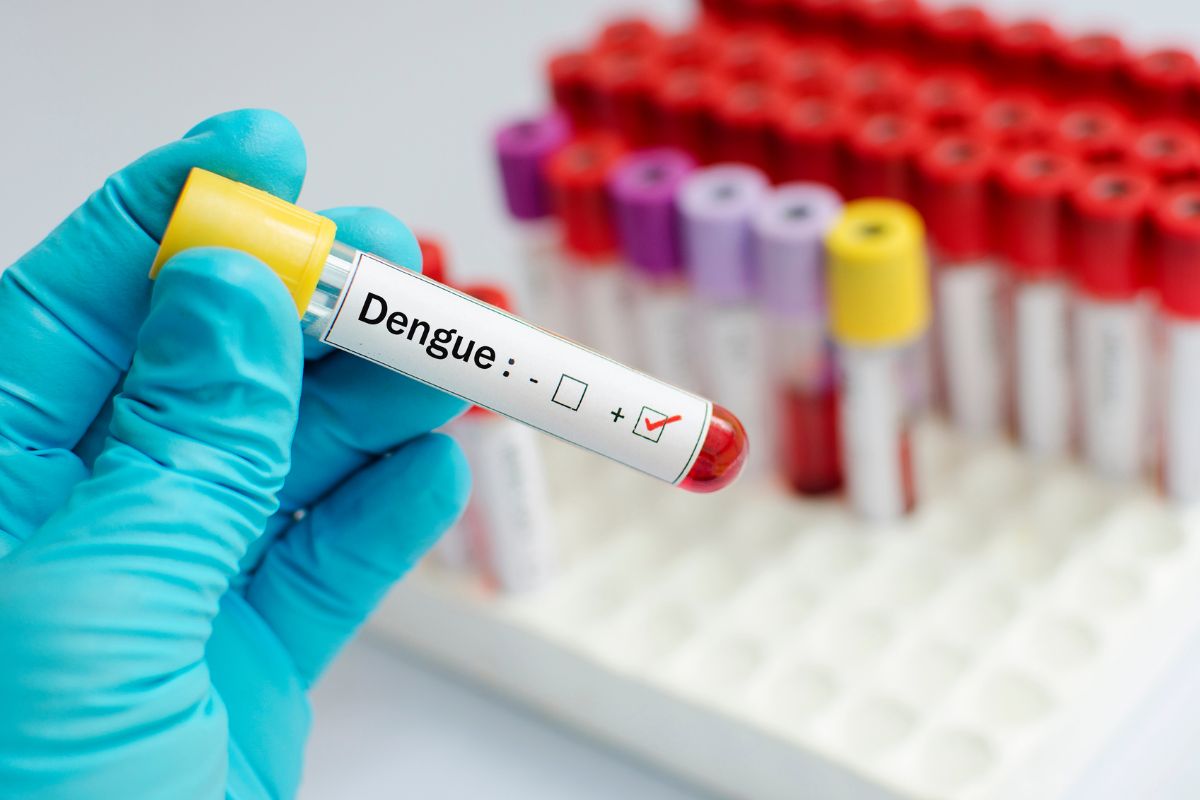
Remove stagnant water weekly (coolers, plant trays, buckets, tarps).
Use EPA-registered repellents (DEET, picaridin, IR3535, oil of lemon eucalyptus/PMD) as per label; wear long sleeves and use screened rooms or nets.
Seek urgent care if warning signs appear after 3–7 days of fever.
Also read: Ganesh Chaturthi: Auspicious Date, Puja Muhurat, Rituals, Celebrity Wishes & Global Celebrations
Monsoon expands Anopheles breeding sites. Consistent repellent use, protective clothing, and bed nets reduce bites significantly. For travellers to malaria-risk areas, follow CDC prevention advice and local chemoprophylaxis guidance.
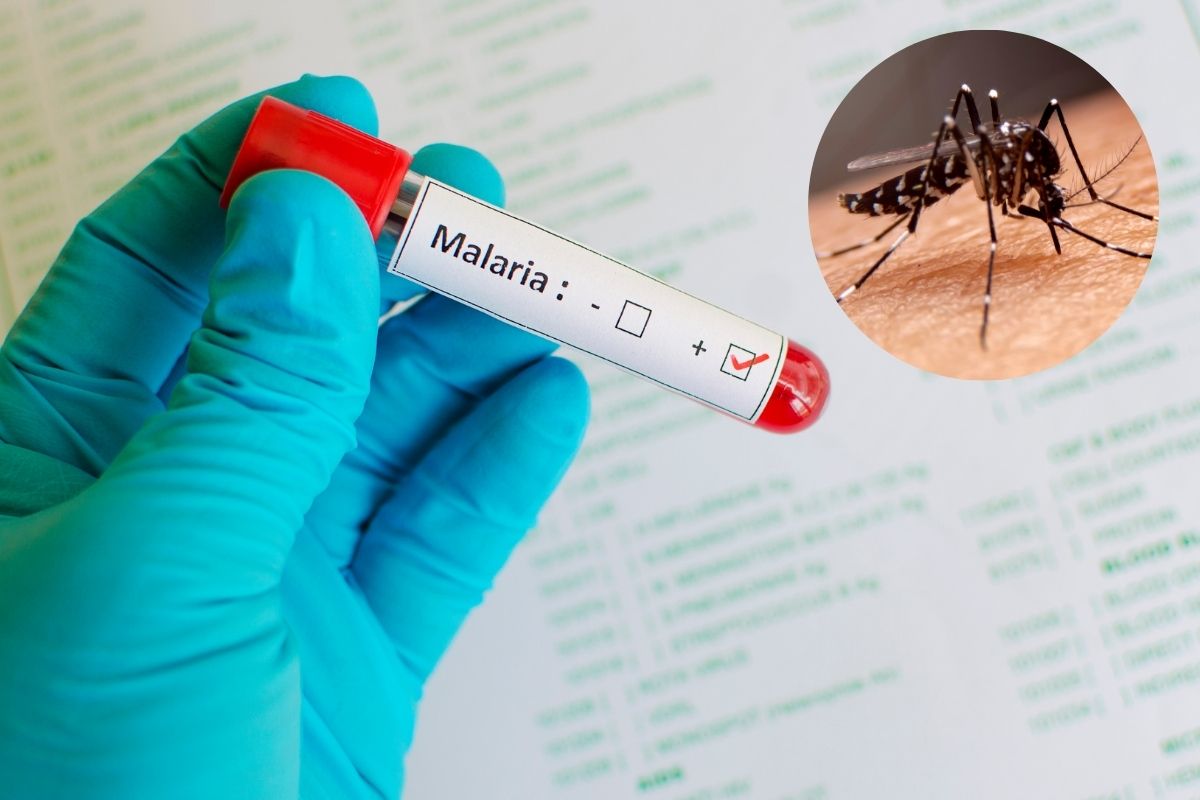
DEET, picaridin, IR3535, OLE/PMD are proven options; follow age-specific directions (avoid OLE/PMD under 3 years; do not use any repellent on infants <2 months—use nets instead). Protection duration increases with higher DEET concentration.
Leptospira bacteria from animal urine contaminate flood water and soil. Infection risk rises after heavy rain and floods and enters through cuts or mucosa. Symptoms range from fever and severe muscle pain to jaundice and kidney involvement.
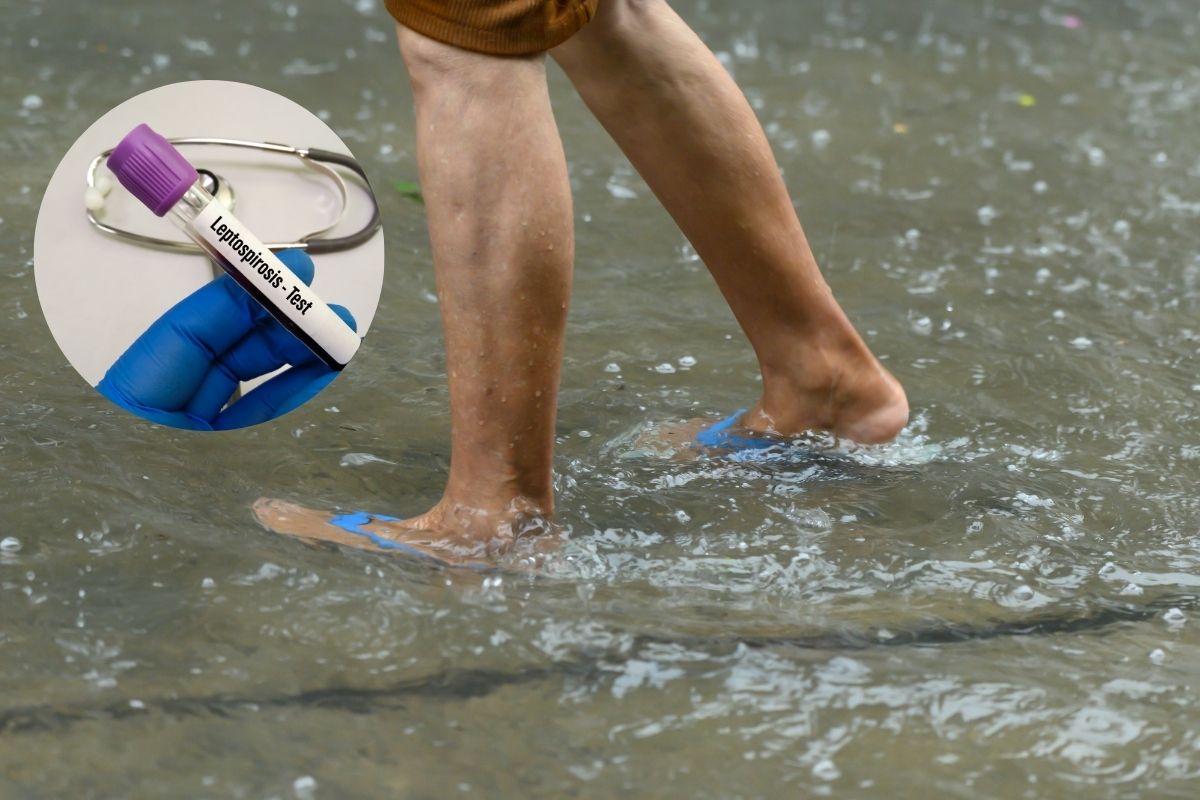
Avoid wading in flood water; if unavoidable, wear boots/gloves and cover wounds.
Bathe and wash exposed skin with soap after contact; seek care promptly for fever after exposure.
Cholera and other diarrhoeas spike when safe water and sanitation are disrupted. Rapid dehydration can be fatal without treatment. Prevention depends on safe water, hygiene, and in some settings, oral cholera vaccines (OCVs).
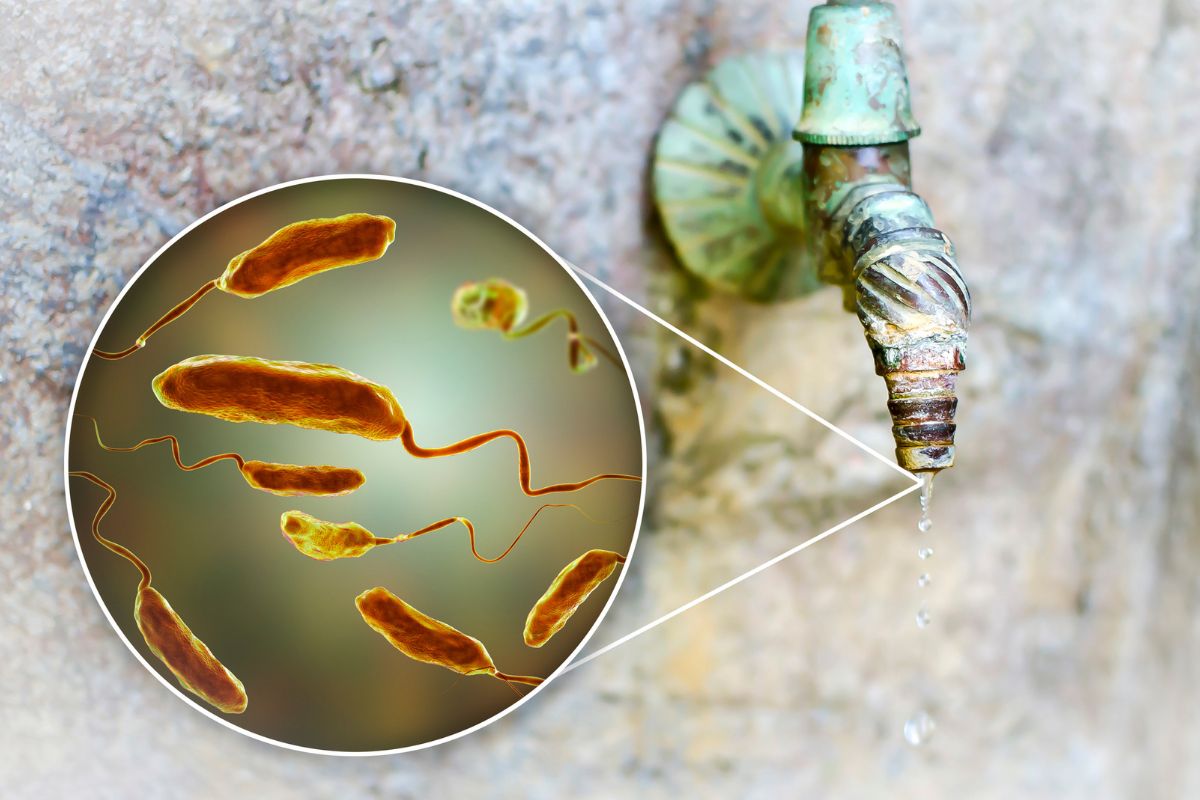
Drink/use safe water only: bottled (sealed), boiled, chlorinated, or properly filtered. Be cautious with piped water, street beverages, and ice.
Food safety: wash produce well, cook thoroughly and reheat steaming hot, refrigerate ≤5 °C, avoid foods left at room temperature, and be extra cautious with street food during heavy rains.
If diarrhoea occurs: start ORS early to prevent dehydration; continue feeding (and breastfeeding). Use zinc in children as advised by clinicians. Seek urgent care for bloody stools, signs of dehydration, or persistent vomiting.
Typhoid spreads through contaminated food/water. WHO recommends typhoid conjugate vaccines (TCV) for programmatic control; they provide longer-lasting immunity and are suitable from 6 months of age. Even if vaccinated, maintain strict food and water precautions (no vaccine for paratyphoid).
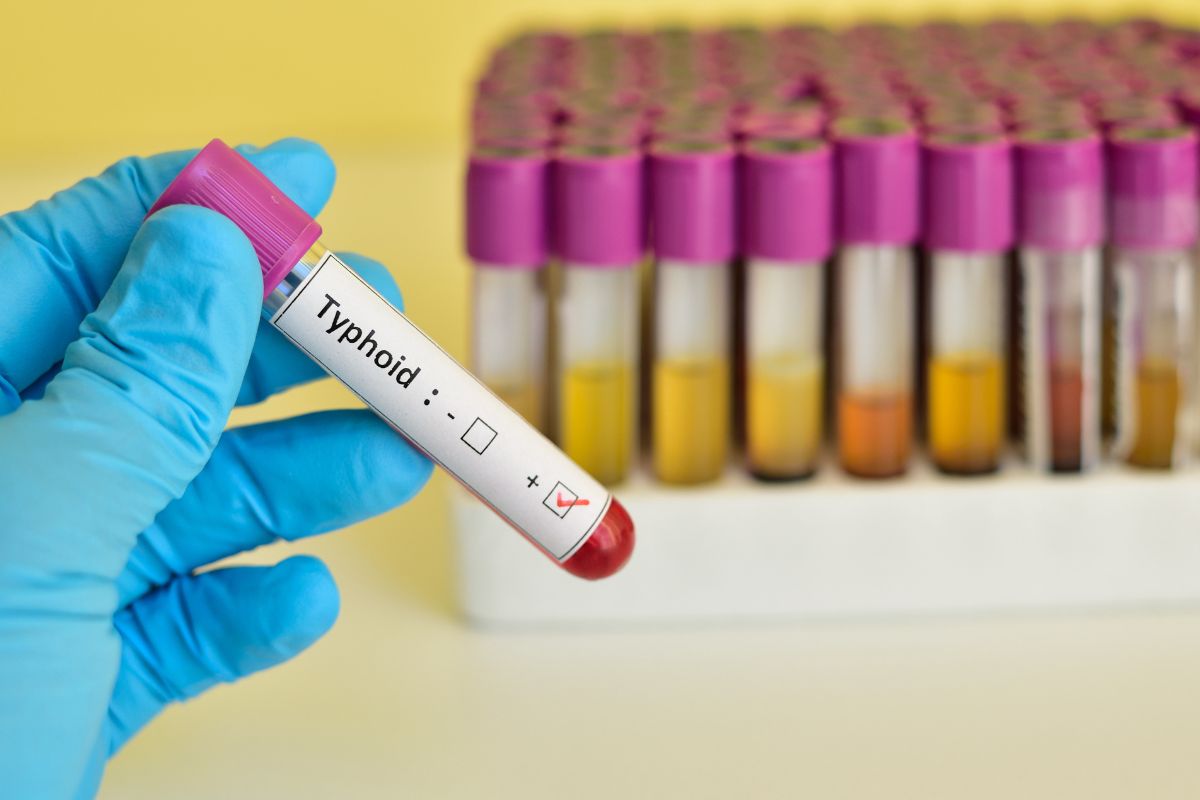
Evidence snapshot: Recent reviews show TCVs protect for up to ~4 years and perform better than older vaccines—supporting their inclusion in public programmes where available.
Monsoon-linked AGE often results from unsafe water or food. Oral rehydration therapy (ORT/ORS) remains the cornerstone of treatment across ages, with IV fluids reserved for severe dehydration or intolerance to oral fluids. In children, many cases can be managed with antiemetics plus oral hydration under clinical guidance.
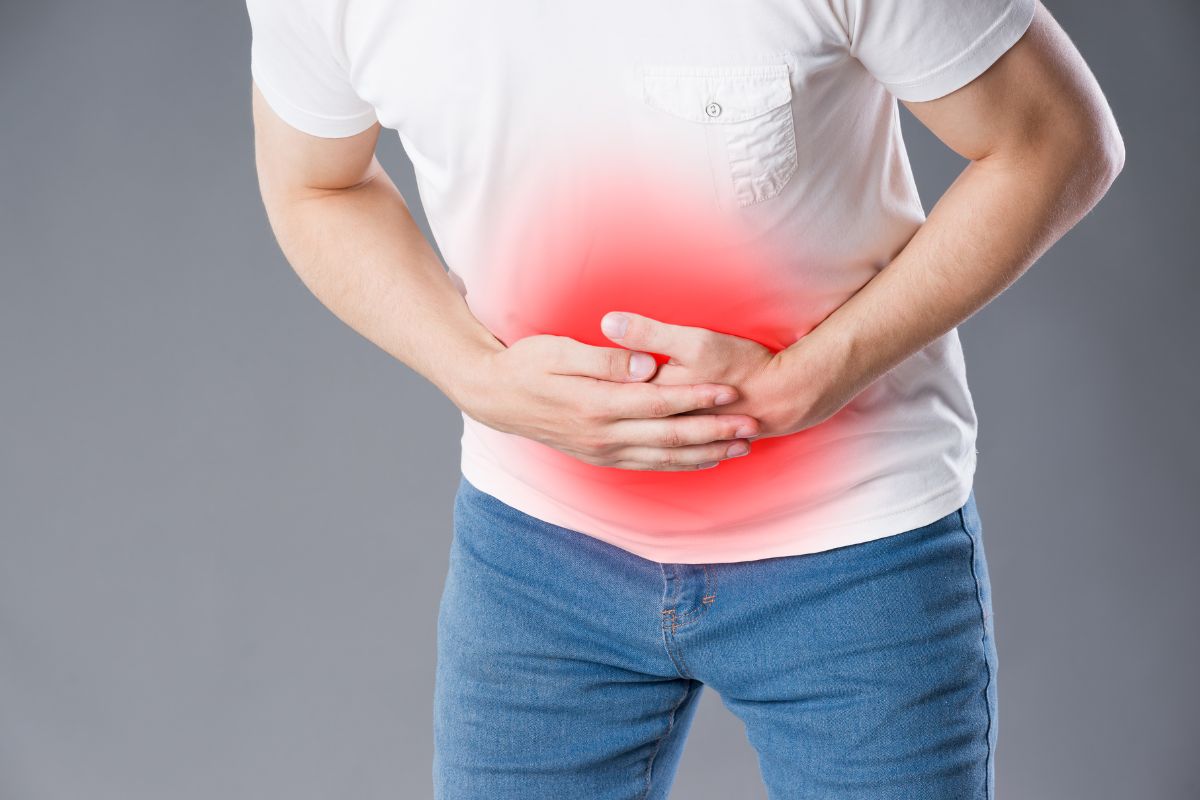
Practical dosing cues (children): Offer additional ORS after each loose stool or vomit (typical ranges: 60–120 mL if <10 kg; 120–240 mL if ≥10 kg), and continue normal diet. Seek medical care if intake is poor or symptoms worsen.
Eliminate breeding sites weekly at home and workplaces; community clean-ups and proper solid-waste disposal reduce dengue risk.
Document and enforce hygiene in public food settings; inspections and adherence to FSSAI standards are especially crucial in monsoon months.
Event management (fairs/pandals): keep structures water-free (e.g., sealed bamboo ends), drain puddles, and monitor compliance to prevent outbreaks.
High fever with bleeding, persistent vomiting, severe abdominal pain, drowsiness, or breathlessness (possible severe dengue or other serious illness).
Watery diarrhoea with signs of dehydration (very thirsty, decreased urination, dizziness), or blood in stools.
Jaundice, dark urine, severe muscle pain after flood-water exposure (possible leptospirosis).
EPA-registered mosquito repellent (DEET/picaridin/IR3535/OLE/PMD) and a bed net. Follow age-specific labels; avoid OLE/PMD under 3 years and use nets—not repellent—on infants <2 months.
ORS packets and zinc (for children) per clinician advice; a digital thermometer.
Water safety supplies: home chlorine solution or reliable filter; habitually boil during heavy rains.
Also read: Hartalika Teej Vrat 2025: Significance, Puja Vidhi, and Fasting Rituals for Indian Women
This monsoon, we prioritise bite prevention, water and food safety, early rehydration, and timely medical evaluation for red-flag symptoms. Where available, TCV vaccination strengthens typhoid control, while OCVs support cholera risk reduction in specific settings. Community action—cleaning, inspections, and compliant event management—multiplies individual protection and keeps outbreaks at bay.

